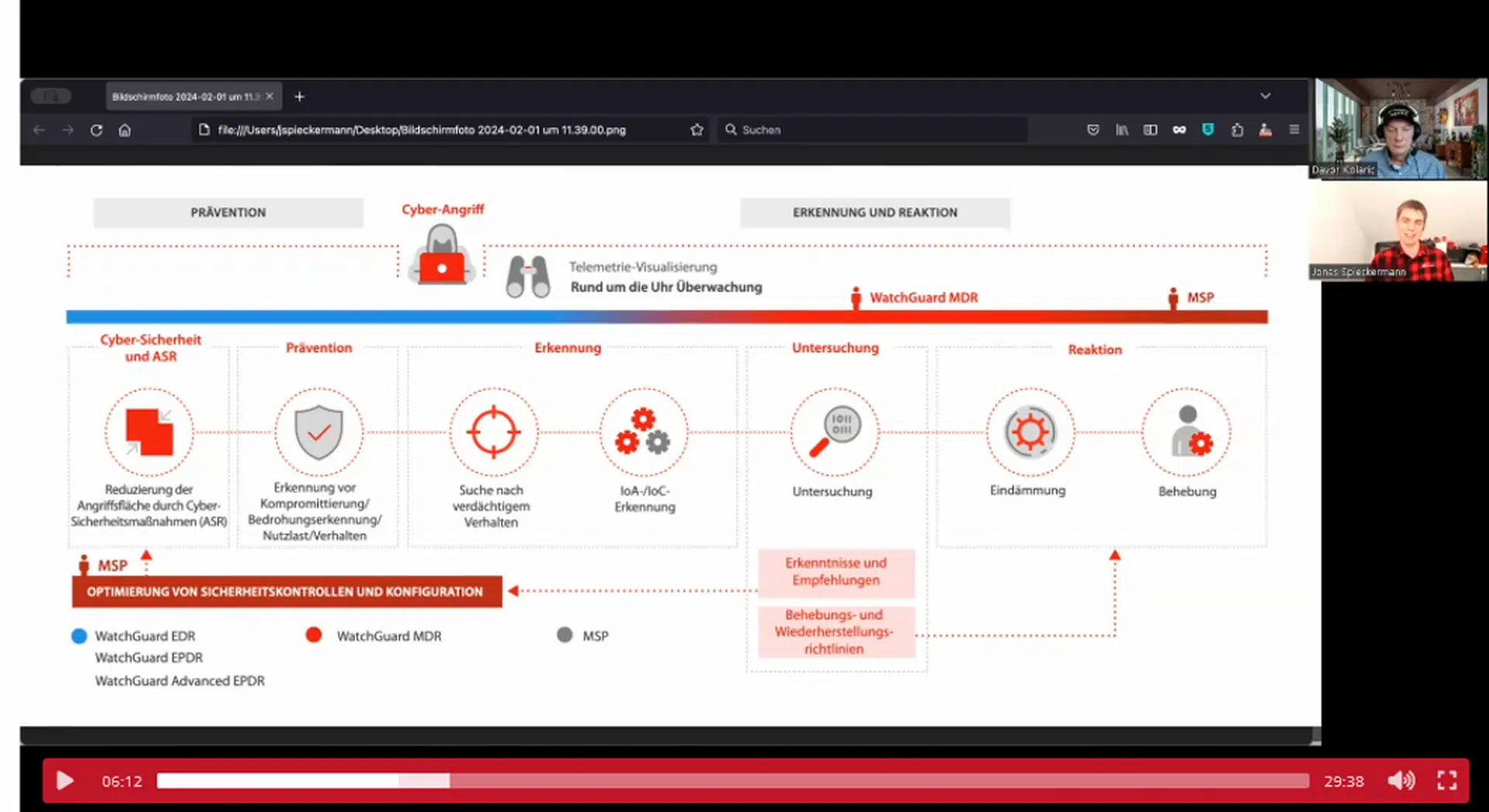
2020 was a hard teacher. It revealed our weaknesses, gaps and assumptions. It also highlighted our strengths, resourcefulness and resilience.
„The lessons we learned this year were hard-won. And the most important lesson 2020 taught us is that the next change is coming.“
The global pandemic accelerated digital transformation, fundamentally changing how we live, work and play almost overnight. But that change is far from over: 2020 will cast a long shadow into 2021, particularly when it comes to cybersecurity. Just consider what organizations had to work through during this unprecedented year: an urgent need to stand-up remote workforces to maintain business continuity; months of work-from-home, in which employees relied on home networks; an expanding dependence on edge and cloud resources; ad hoc security decisions; limited budgets, availability, and resources; and the ongoing development of new innovations. If that weren’t enough, the year culminated with a highly sophisticated supply-chain attack on a ubiquitous network performance monitor. As a result, incident responders will likely be combing through network logs and packets looking for indicators of compromise to the tune of Auld Lang Syne.
Experts from across RSA discussed how these factors will all have profound implications on how businesses manage digital risk in 2021:
- We expect organizations to double-down on digital transformation, if only to ensure business continuity, promote productivity, and lock-in new efficiencies and savings.
- We also expect that security teams will need to re-examine – if not rebuild – their defense postures from the ground up. An increasingly wired world will look to XDR, zero trust and AI to anticipate and address new challenges.
- Likewise, regulators will flex their muscles and enforce stiffer penalties.
- Online identity will become even fuzzier and more difficult to manage.
- And throughout it all, cybercriminals will continue exploiting crises and adapting their attacks.
Read our e-book for more details about how the worlds of security, risk management and fraud prevention will change in 2021 – and the steps that organizations can take to address tomorrow’s challenges today.
by Dr. Zulfikar Ramzan, CDO
Fachartikel

Strategien für eine fortgeschrittene digitale Hygiene

Mit LogRhythm 7.16 können Sie das Dashboard-Rauschen reduzieren und Log-Quellen leicht zurückziehen

Wie man RMM-Software mit einer Firewall absichert

Red Sifts vierteljährliche Produktveröffentlichung vom Frühjahr 2024

Konvergiert vs. Einheitlich: Was ist der Unterschied?
Studien

Studie zu PKI und Post-Quanten-Kryptographie verdeutlicht wachsenden Bedarf an digitalem Vertrauen bei DACH-Organisationen

Zunahme von „Evasive Malware“ verstärkt Bedrohungswelle

Neuer Report bestätigt: Die Zukunft KI-gestützter Content Creation ist längst Gegenwart

Neue Erkenntnisse: Trend-Report zu Bankbetrug und Finanzdelikten in Europa veröffentlicht

Studie: Rasantes API-Wachstum schafft Cybersicherheitsrisiken für Unternehmen
Whitepaper
Unter4Ohren

Datenklassifizierung: Sicherheit, Konformität und Kontrolle

Die Rolle der KI in der IT-Sicherheit

CrowdStrike Global Threat Report 2024 – Einblicke in die aktuelle Bedrohungslandschaft

WatchGuard Managed Detection & Response – Erkennung und Reaktion rund um die Uhr ohne Mehraufwand







